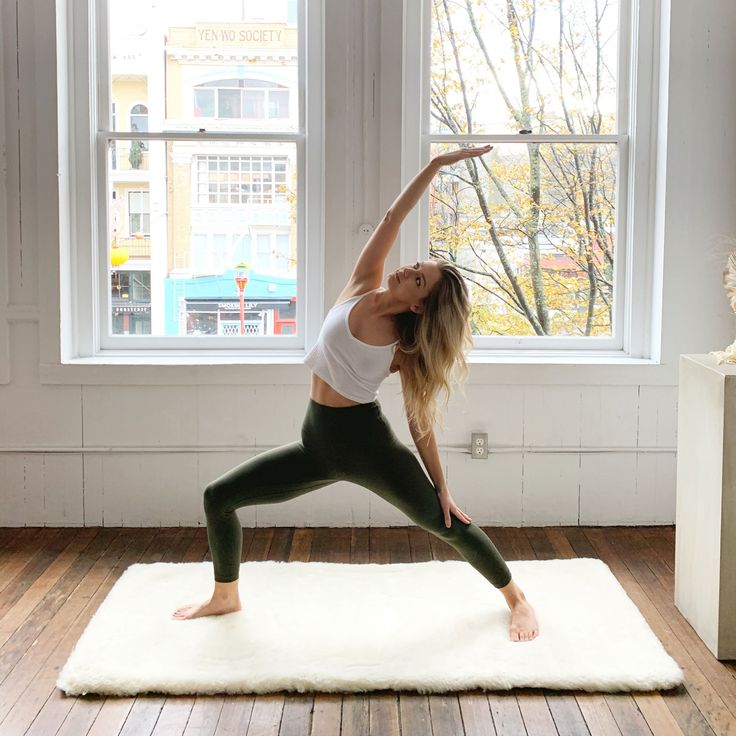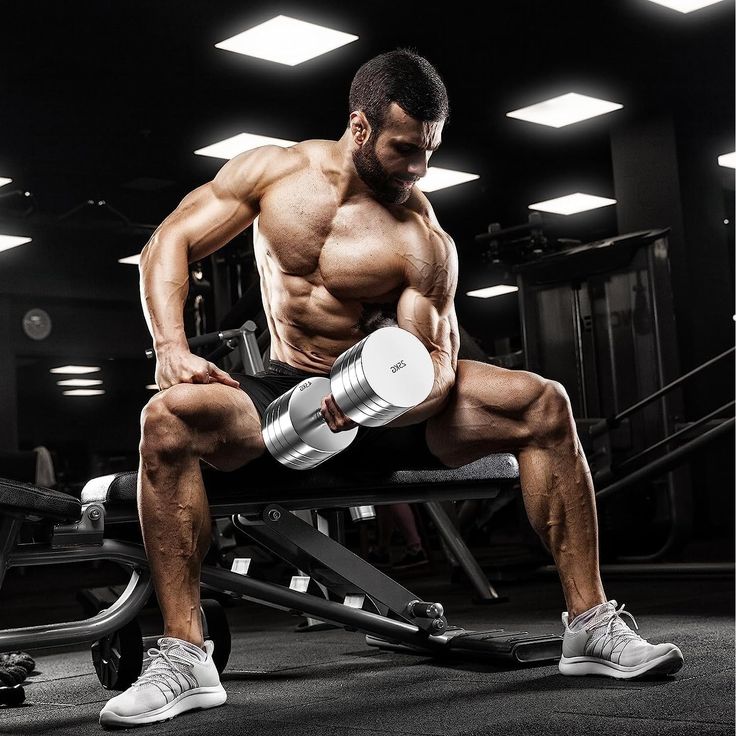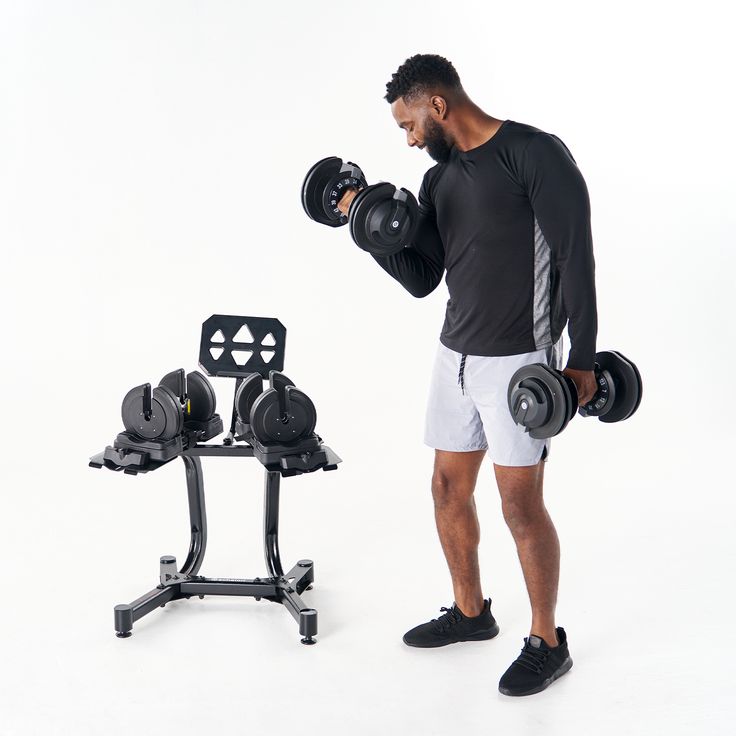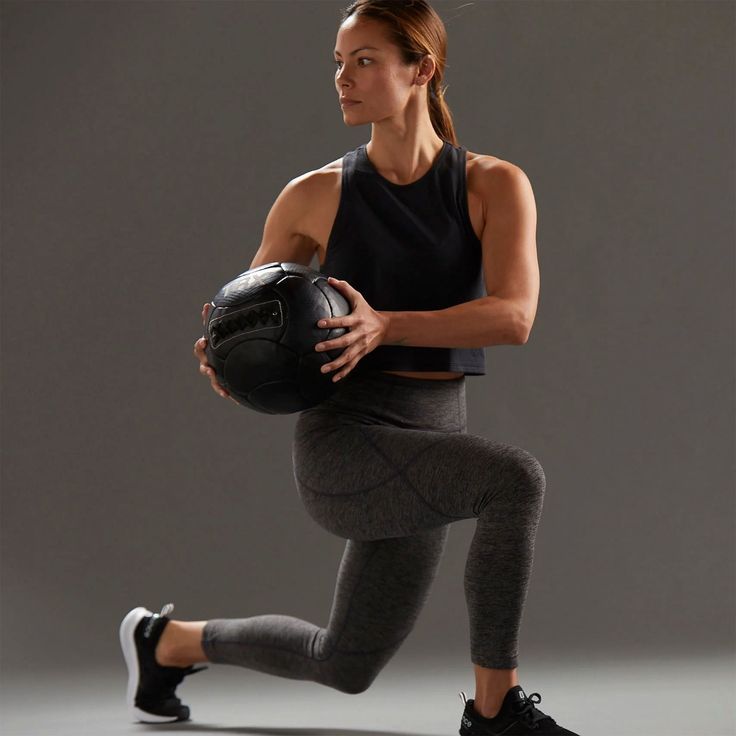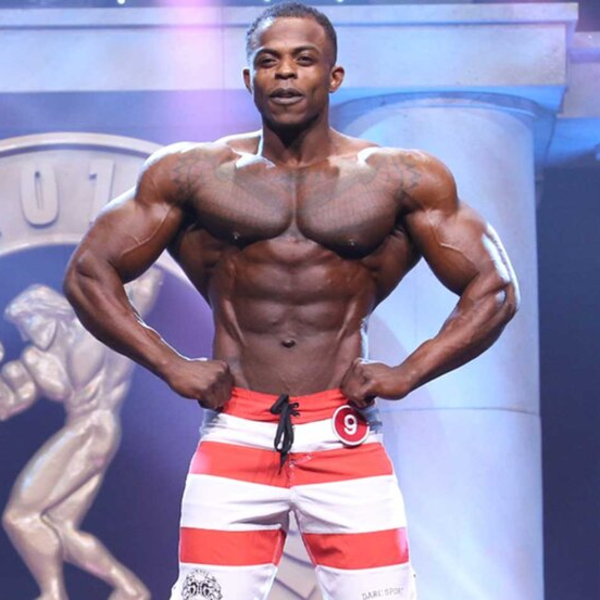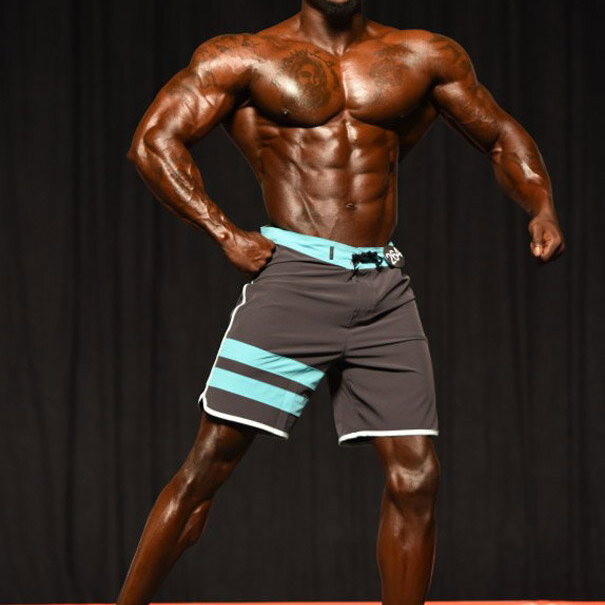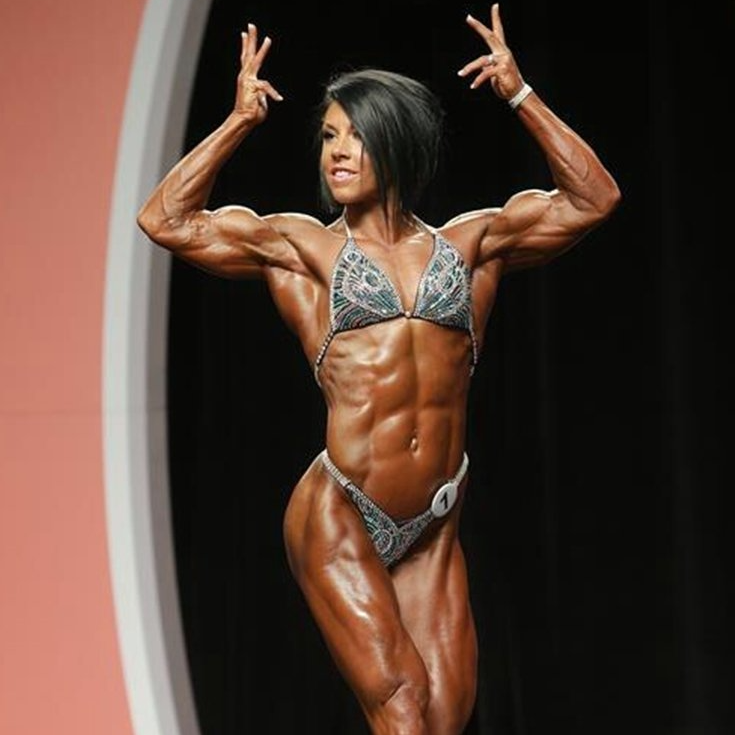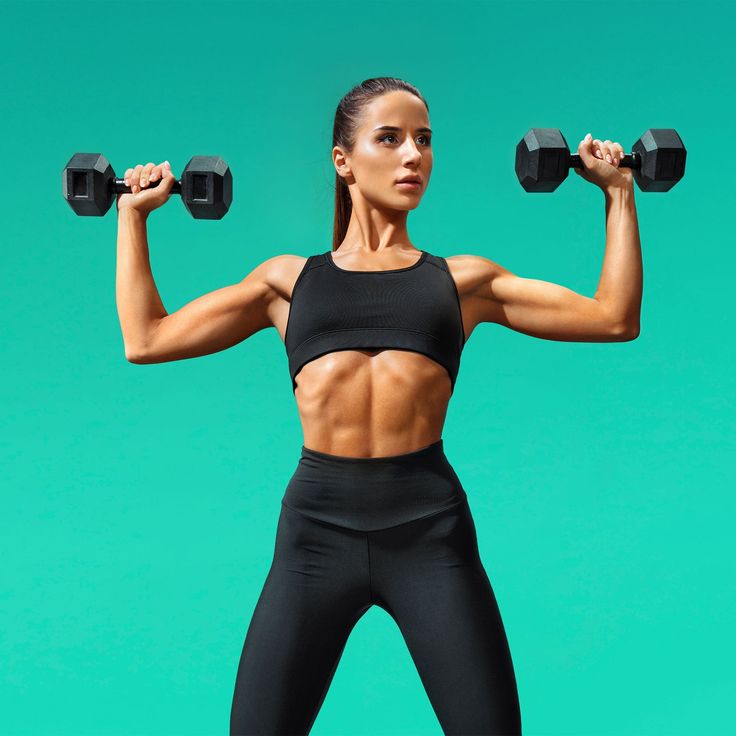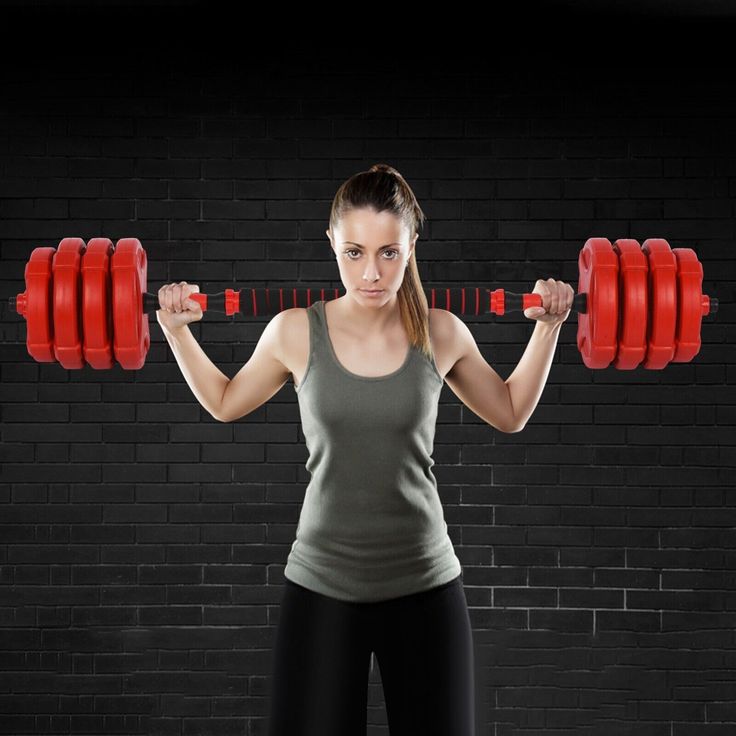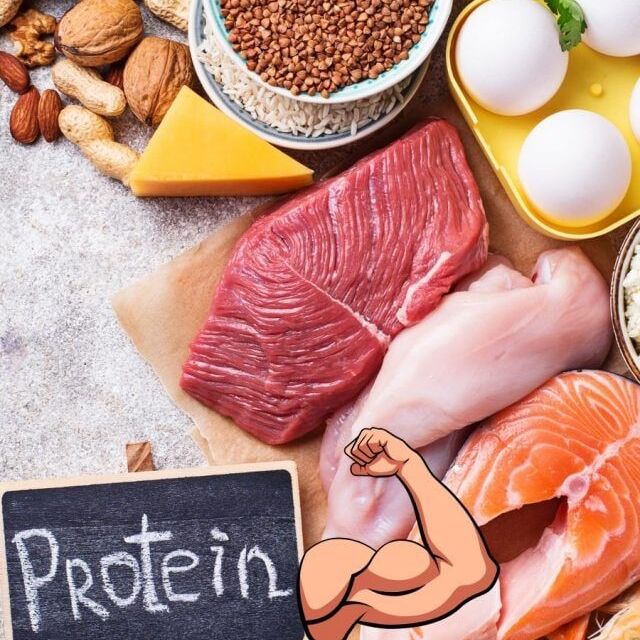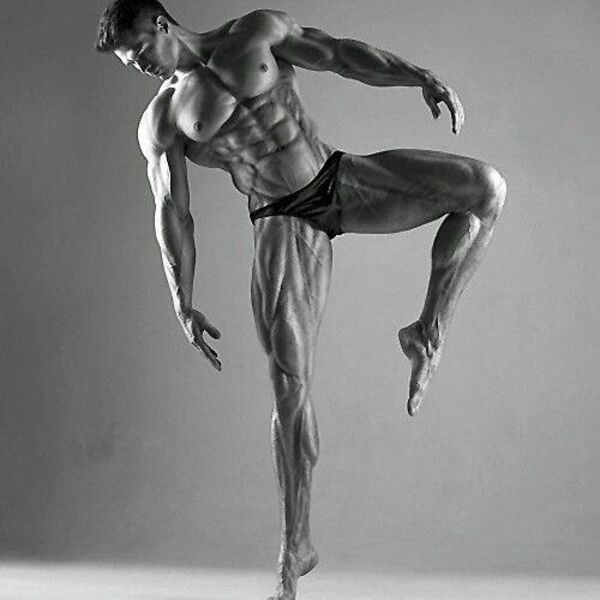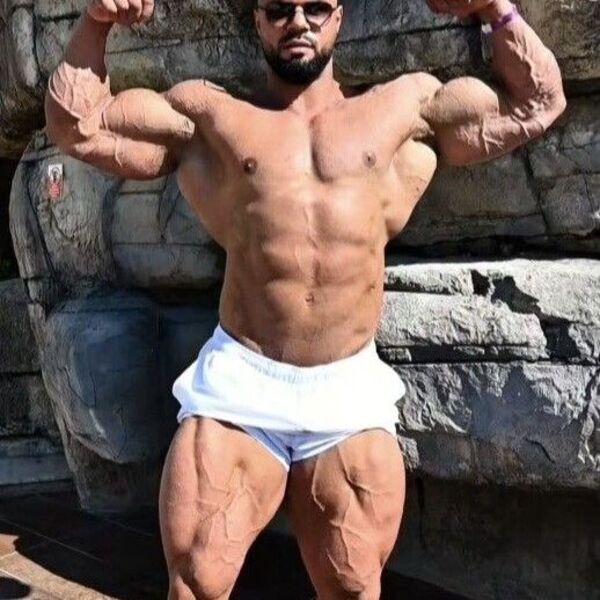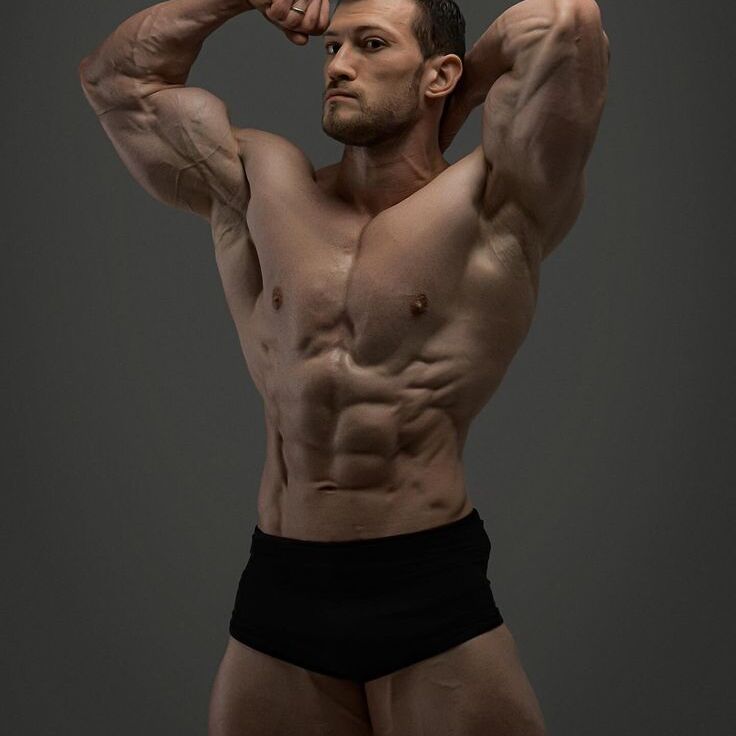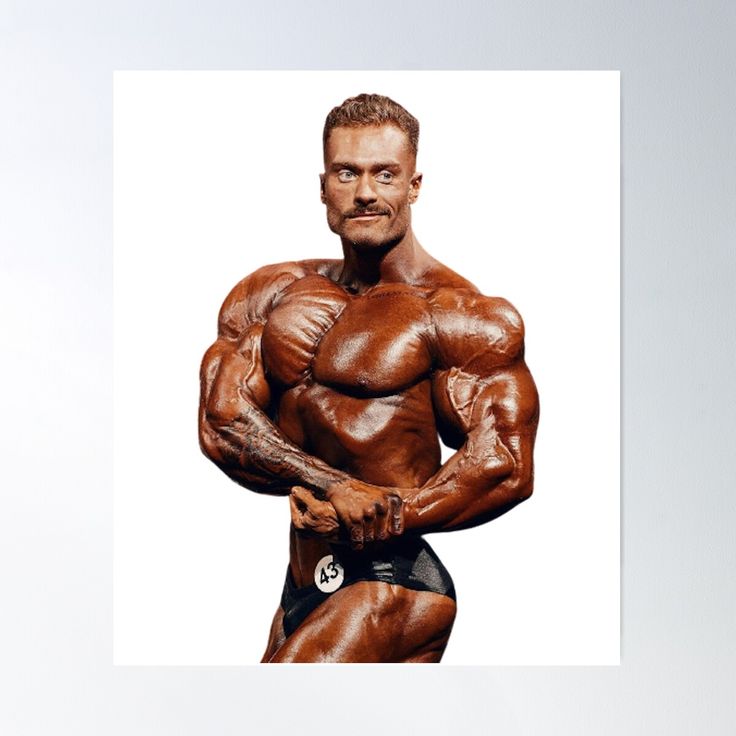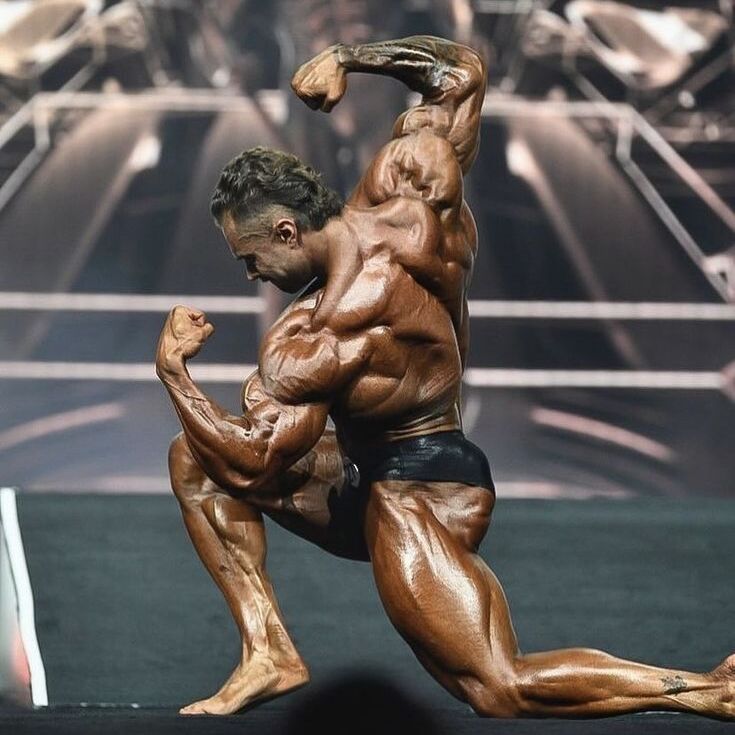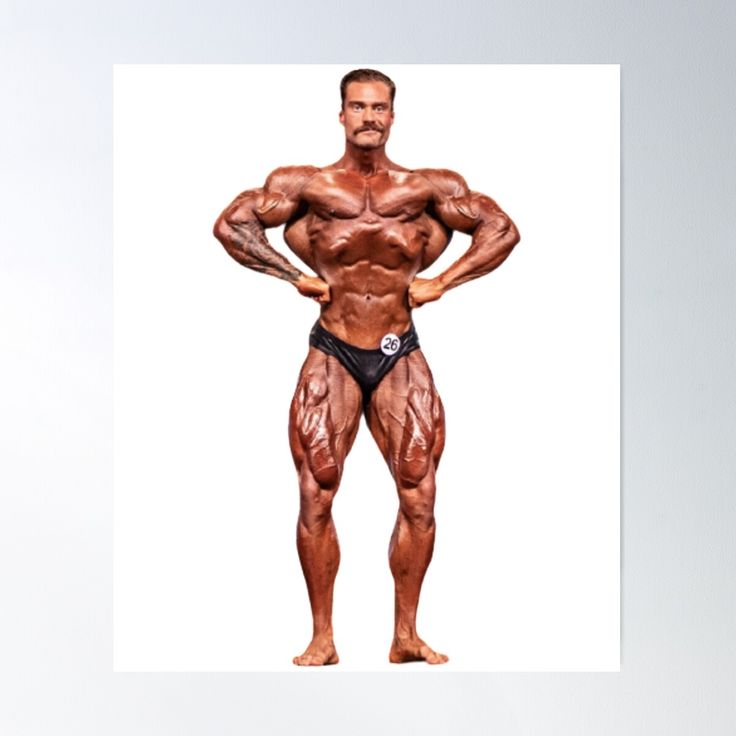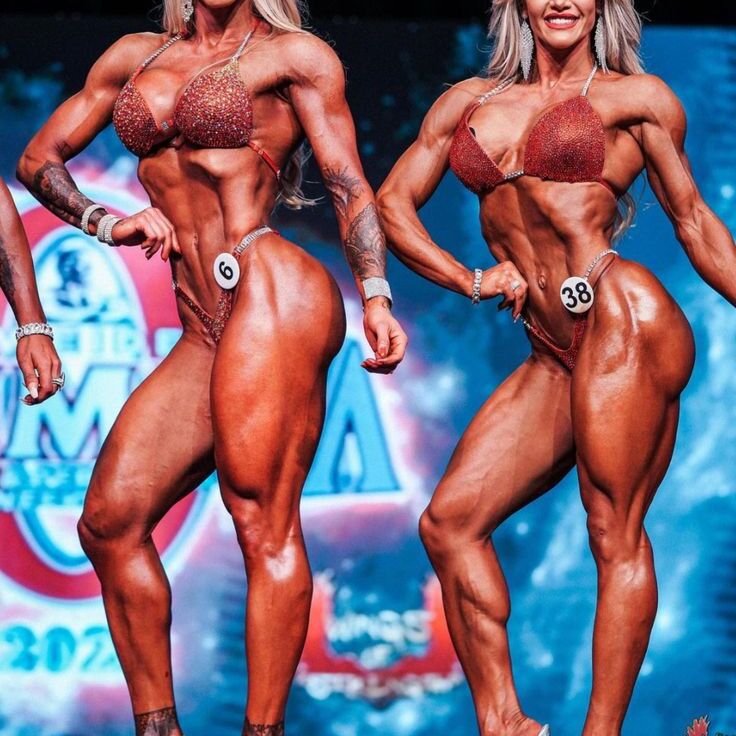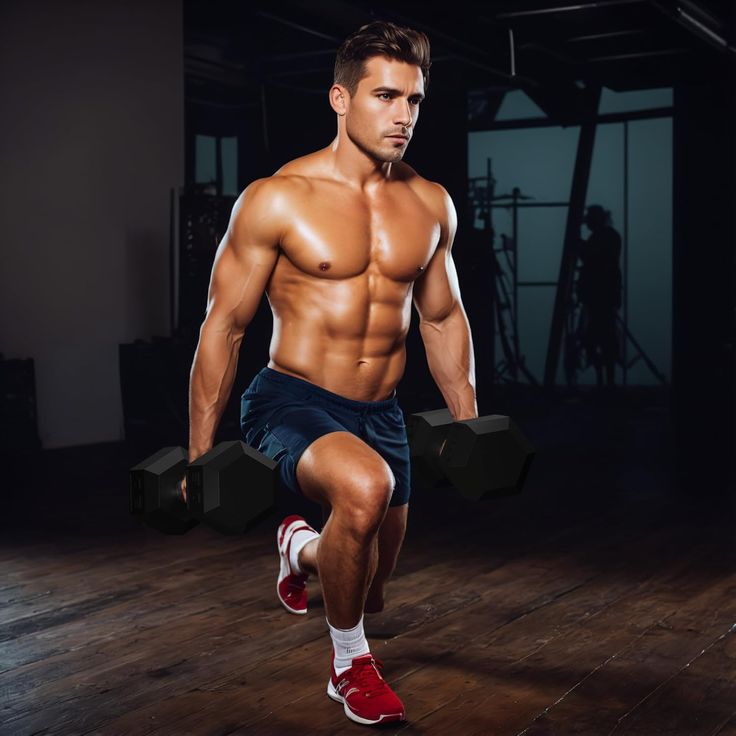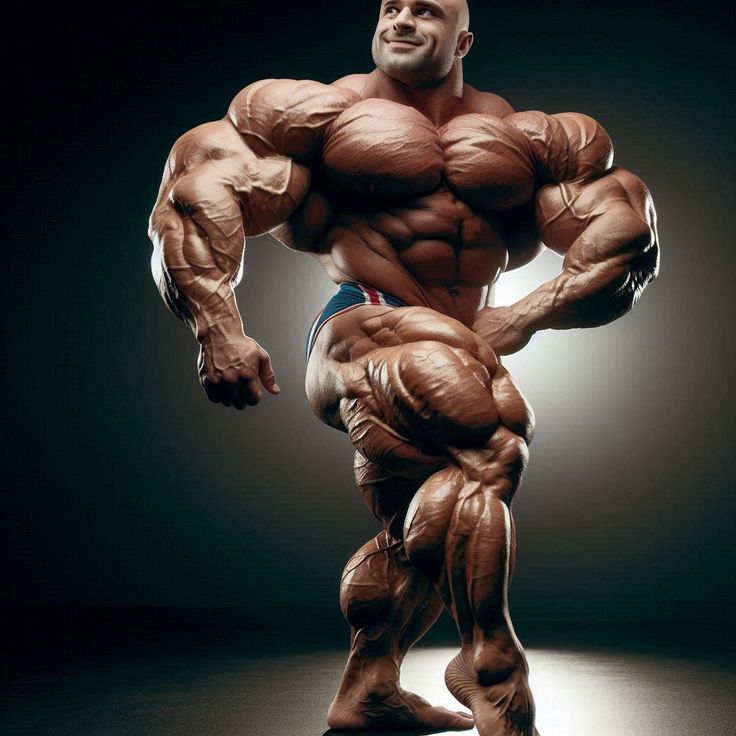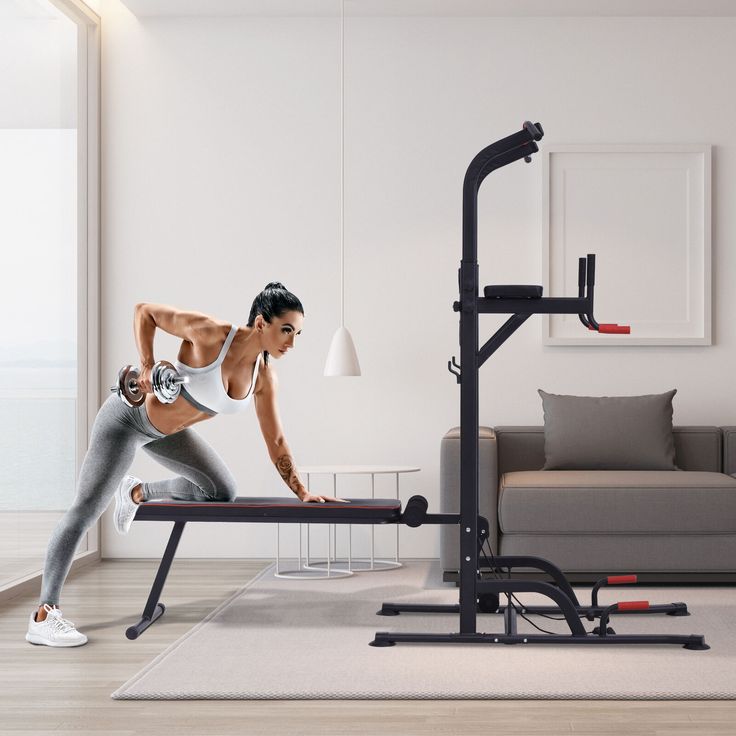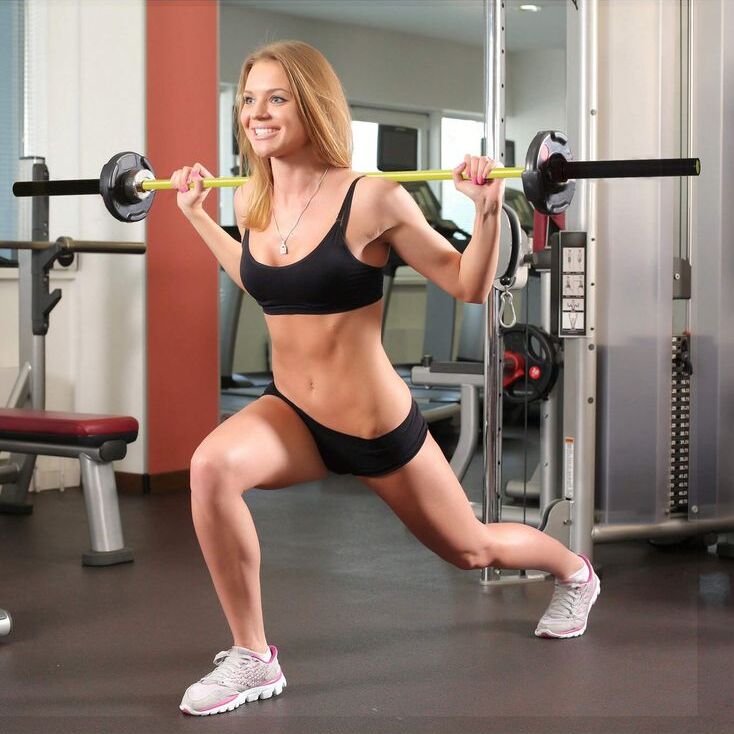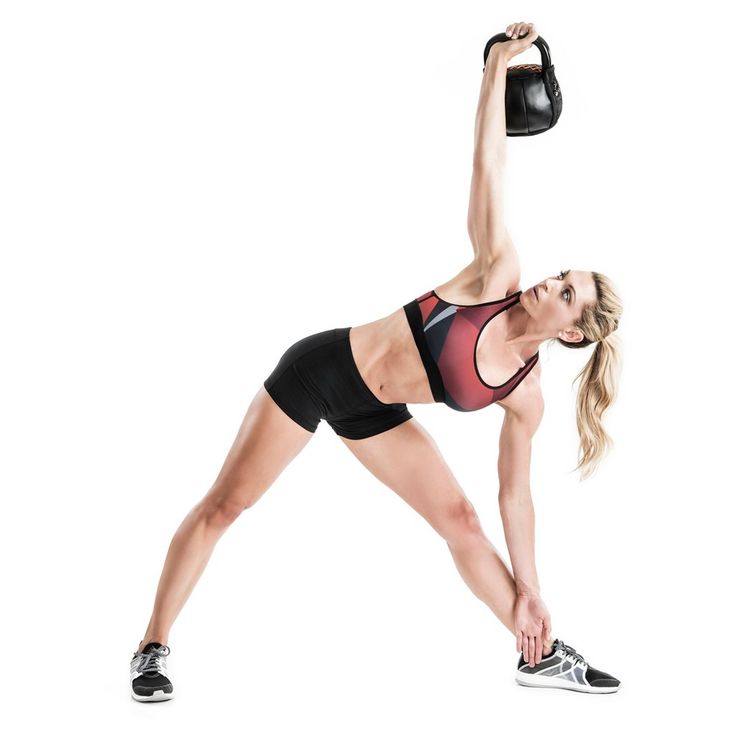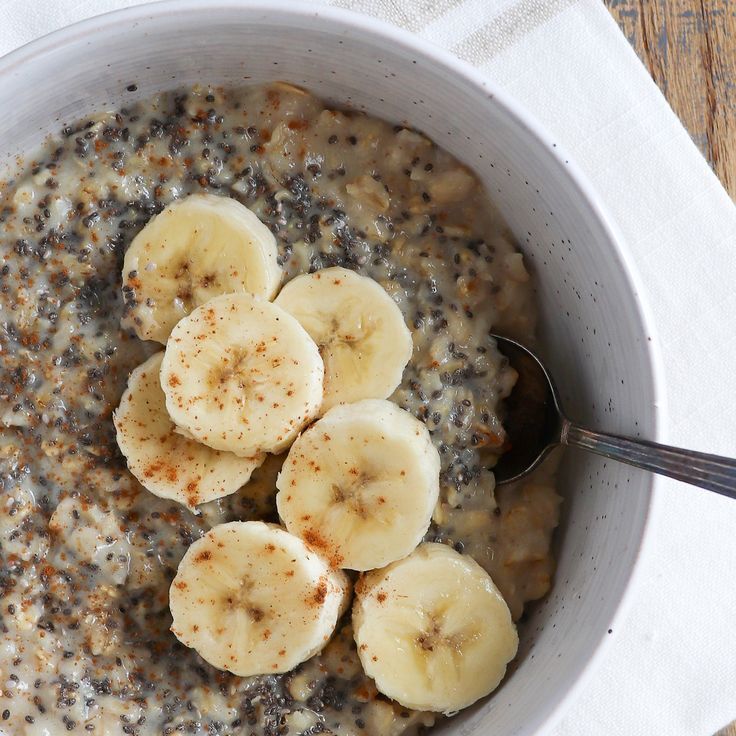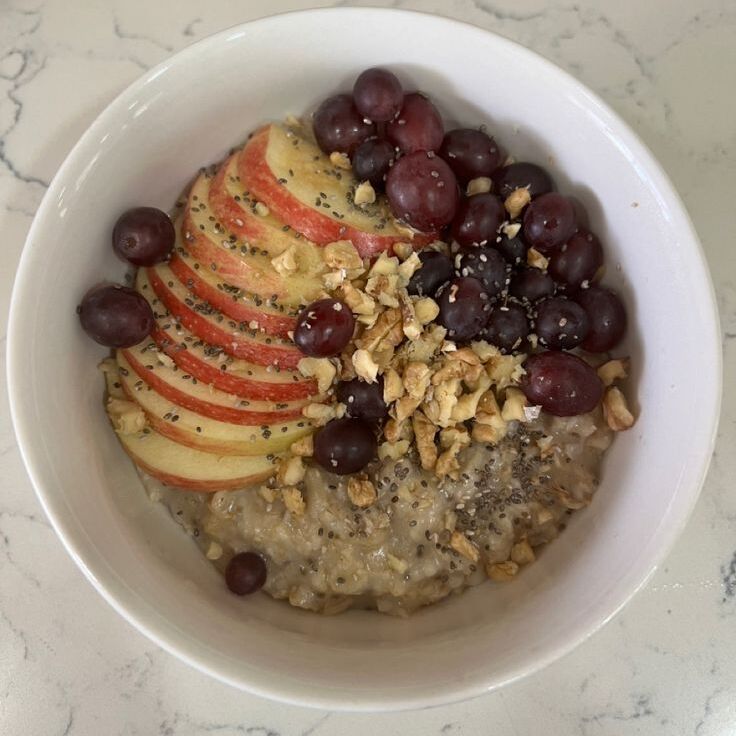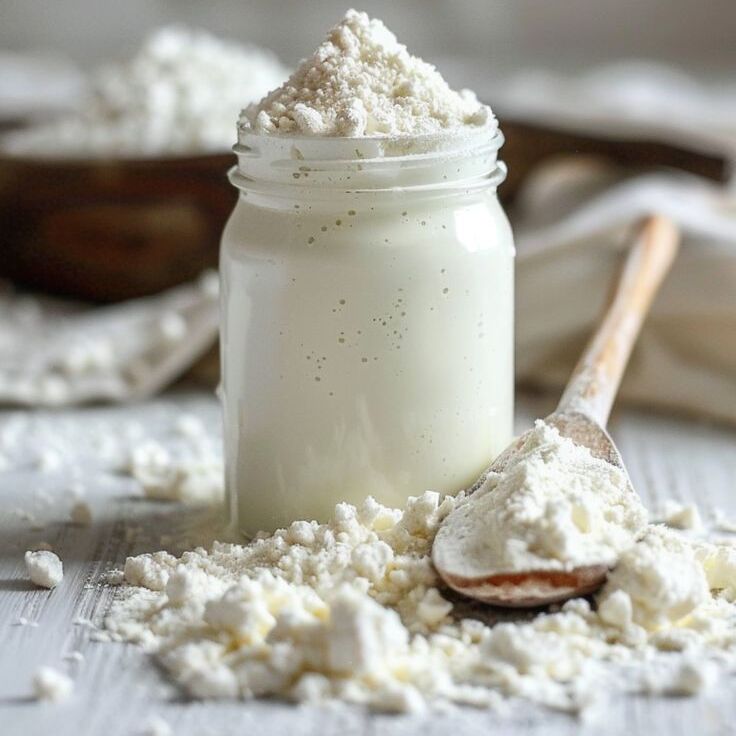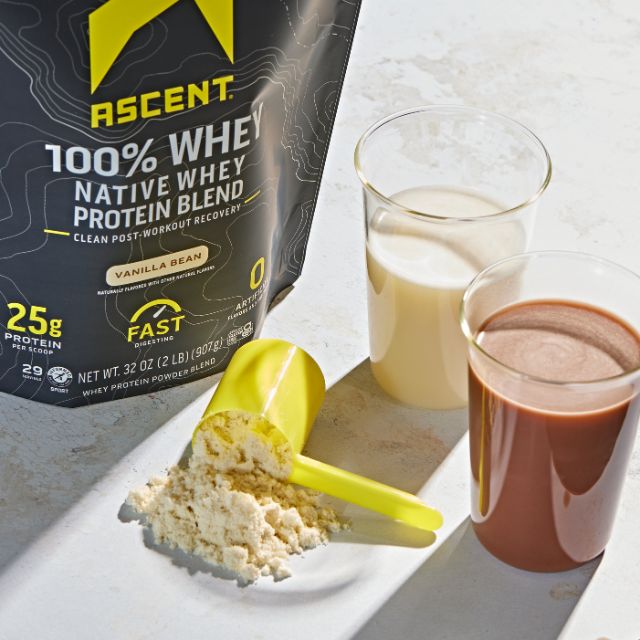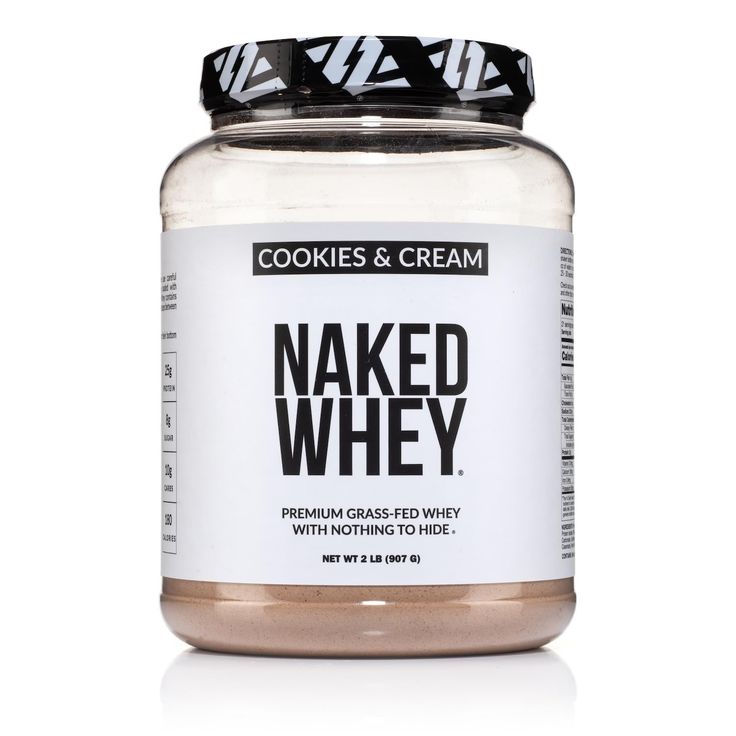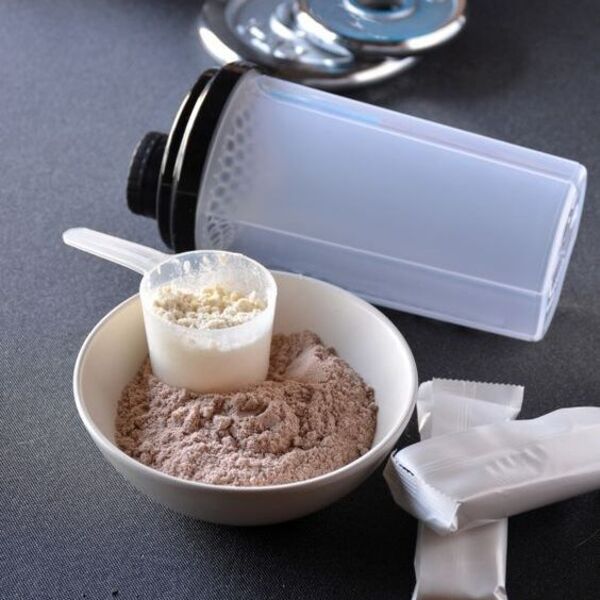When discussing fitness and exercise, the term “aerobic exercise” often comes to mind. However, the question arises: is yoga aerobic exercise? While many people regard yoga primarily as a form of stretching or relaxation, it offers a myriad of health benefits that go beyond mere flexibility. Yoga, with its intricate postures and breathing techniques, engages both the body and the mind. By understanding the nuances of yoga and how it can contribute to our overall health, we can better appreciate how it fits into the wider category of aerobic exercise.
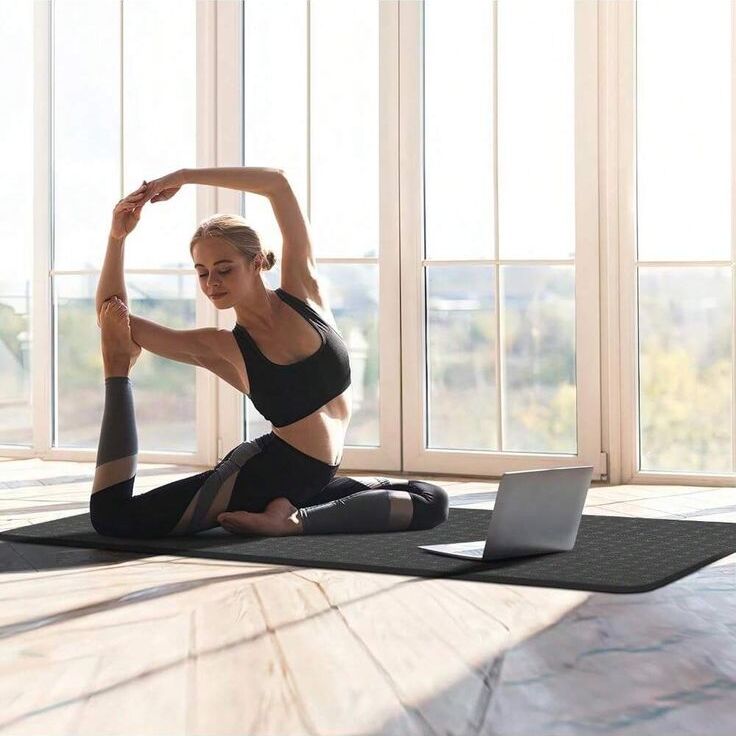
Defining Aerobic Exercise: What Does It Mean?
Aerobic exercise encompasses activities designed to elevate the heart rate, thereby improving the efficiency and health of the cardiovascular system. Below is a deeper look into the concept of aerobic exercise:
- Common Forms of Aerobic Exercise: Activities typically classified as aerobic include jogging, cycling, swimming, and dancing. These exercises involve continuous and rhythmic movements that engage large muscle groups, promoting endurance and cardiovascular fitness.
- The Role of Yoga: While yoga is often associated with flexibility and mental clarity, certain types, such as Vinyasa or Ashtanga, can also elevate the heart rate significantly. This raises the question of whether yoga can be classified as aerobic exercise.
- Research Insights: Studies indicate that yoga practices featuring a continuous flow between postures can indeed enhance heart function. Through sustained movement and breath coordination, these styles of yoga contribute positively to cardiovascular health.
- Key Differences: The main distinction between traditional aerobic exercises and yoga lies in their focus. Traditional aerobics prioritize endurance, speed, and high-intensity effort. In contrast, yoga emphasizes balance, strength, and flexibility, fostering a holistic approach to fitness.
-
Complementary Fitness Regime: Recognizing these differences allows us to understand the unique contributions of yoga within a comprehensive fitness routine, highlighting its ability to complement more intense aerobic exercises effectively. By integrating both, individuals can achieve a balanced and multifaceted approach to their health and wellbeing.
Yoga’s Impact on Flexibility and Strength Training
- Strength Development: Yoga routines typically consist of various postures that require holding positions for extended periods. This engagement of muscle groups helps to increase muscle tone and build endurance, contributing significantly to overall physical strength.
- Flexibility Improvement: Flexibility is crucial for maintaining good physical health. Regular yoga practice promotes increased flexibility, which can reduce the risk of injuries, improve posture, and facilitate enhanced athletic performance.
- Holistic Approach to Fitness: When evaluating whether yoga qualifies as aerobic exercise, it is essential to recognize how it promotes a comprehensive fitness strategy. Yoga effectively combines flexibility and strength training alongside cardiovascular benefits, creating a balanced workout regimen.
- Enhanced Daily Functionality: Many yoga practitioners report feeling more agile and capable of carrying out daily tasks with greater ease. This improved functionality is a direct reflection of yoga’s strength-building components, enabling individuals to navigate their routines with less physical strain.
- Complementing Aerobic Activities: Integrating yoga with other forms of aerobic exercise can yield significant benefits. Yoga helps reduce muscle tightness, increasing the range of motion, which can subsequently enhance performance in activities like running, cycling, or swimming.
The Mental Health Benefits of Yoga as an Aerobic Exercise
- Emotional Wellbeing: Yoga is not just a physical practice; it significantly contributes to emotional wellbeing. Regular participation in yoga can lead to reductions in stress, anxiety, and depression, allowing practitioners to experience greater emotional stability.
- Mental Clarity: Engaging in yoga helps clear the mind and enhances mental clarity. The combination of physical movement and mindful breathing encourages a state of focused awareness, which can improve concentration and cognitive function.
- Connection Between Body and Mind: Understanding the link between physical and mental health emphasizes that yoga serves as a holistic form of exercise. This interconnectedness reinforces the idea that nurturing our mental state can contribute to improved physical health and vice versa.
- Mindfulness through Breath: Yoga promotes mental resilience by fostering mindfulness through concentrated breathing and intentional movements. This reflective practice helps cultivate emotional balance, making it easier to navigate life’s challenges.
- Encouragement of Healthy Choices: When meditation is incorporated into yoga, it induces a sense of calm that extends beyond the mat. This tranquility encourages individuals to adopt healthier lifestyle choices, from nutrition to sleep, further enhancing overall wellness.
- Holistic Approach to Wellness: In an era where mental health is increasingly prioritized, yoga emerges as a holistic approach that addresses both physical and mental wellness. By offering a comprehensive focus on the body and mind, yoga solidifies its role as an effective form of aerobic exercise, benefiting overall health and fitness.
Yoga Types: Which Styles Offer More Aerobic Benefits?
Not all yoga practices are created equal when it comes to their aerobic benefits. Styles such as Bikram, Vinyasa, and Power Yoga elevate heart rates significantly due to their flow and intensity, while Yin or Hatha yoga tend to be less aerobic in nature.
Understanding different yoga styles is crucial when considering the question, is yoga aerobic exercise?
Engaging in a more vigorous class can lead to increased heart rates comparable to traditional aerobic workouts, while still receiving the added benefits of flexibility and mental focus.
Some studies categorize Vinyasa and Ashtanga as moderate to high-intensity aerobic exercises, showing that they can complement an individual’s fitness routine effectively.
Choosing the right style and understanding its aerobic capacity can lead to optimal health benefits that cater specifically to personal fitness goals.
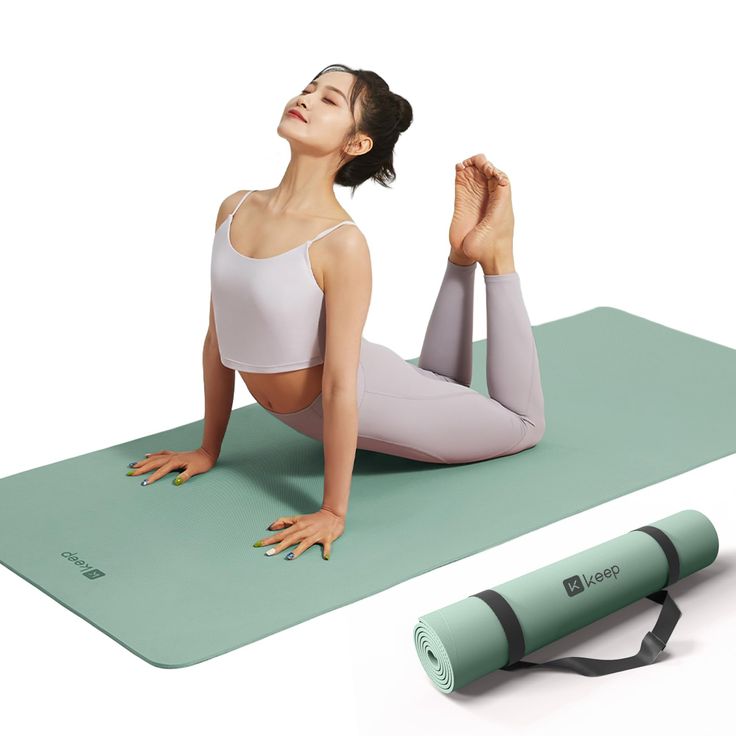
Integrating Yoga with Other Forms of Aerobic Exercise for Comprehensive Health
For individuals seeking a balanced approach to fitness, the integration of yoga with traditional aerobic exercises offers numerous advantages that cater to both physical and mental well-being.
- Warm-Up and Cooldown: Utilizing yoga as a warm-up or cooldown routine helps prepare the body for more vigorous aerobic activities. The gentle stretching and breathing techniques of yoga enhance circulation and flexibility, reducing the risk of strains and injuries.
- Varied Workout Routine: By incorporating yoga into an aerobic regimen, individuals create a diverse workout schedule. This variety not only keeps exercises interesting but also addresses multiple aspects of health, including strength, endurance, and mental clarity.
- Yoga as Primary Workout: Practicing yoga as a primary workout can also improve cardiovascular health when combined with higher-intensity aerobic exercises. This holistic approach allows individuals to build endurance while still benefitting from yoga’s calming effects.
- Improved Athletic Performance: The synergy between yoga and other aerobic activities can lead to better athletic performance. Improved breathing techniques from yoga can enhance stamina, while greater flexibility can positively impact overall movement efficiency.
- Mental Wellness Benefits: This integrated fitness approach fosters greater mindfulness and stress reduction, promoting a healthier mind-body connection. It encourages individuals to focus on their breath and form, benefiting mental health and resilience.
In conclusion, combining yoga with traditional aerobic exercises not only keeps workout routines engaging and dynamic but also significantly enhances overall fitness, leading to a healthier and more balanced lifestyle.
Conclusion: Embracing the Benefits of Yoga as Aerobic Exercise
In conclusion, the question, is yoga aerobic exercise, reveals nuanced answers that underscore the importance of this practice within fitness regimens. With its diverse benefits ranging from cardiovascular improvements to mental health support, yoga can singularly serve as an effective aerobic exercise, especially in its more dynamic forms. By understanding the various styles and their impacts, individuals can tailor their fitness journeys to not only include yoga but also integrate it effectively with traditional aerobic exercises. The path to fitness is not a one-size-fits-all journey; it is essential to embrace the myriad benefits of yoga, making it a vital part of any holistic health strategy.
